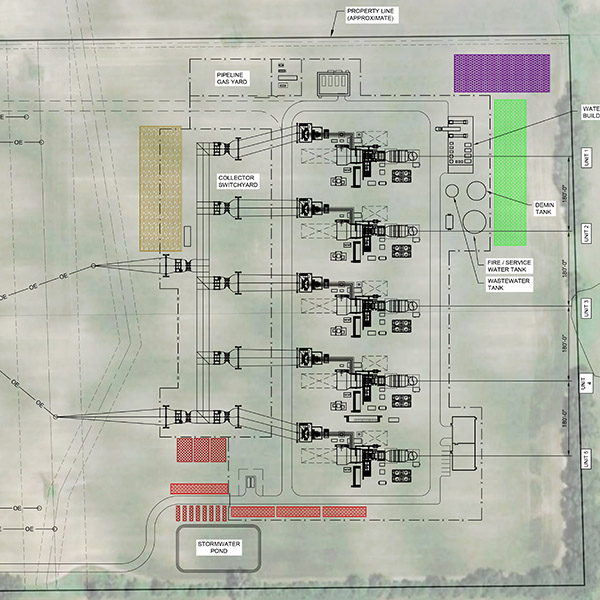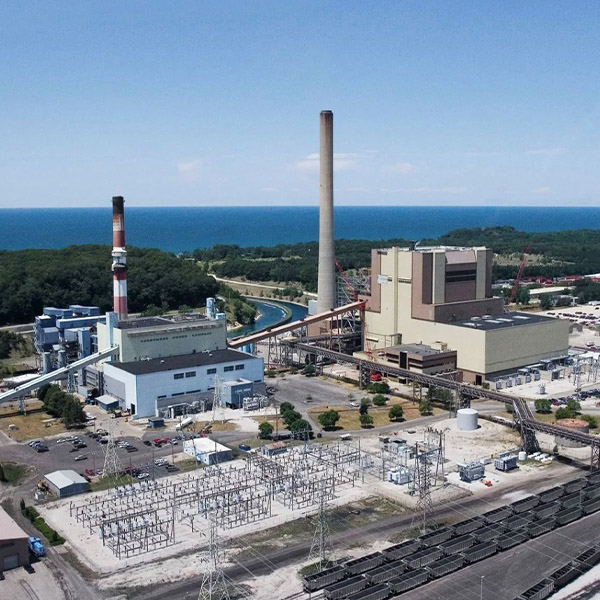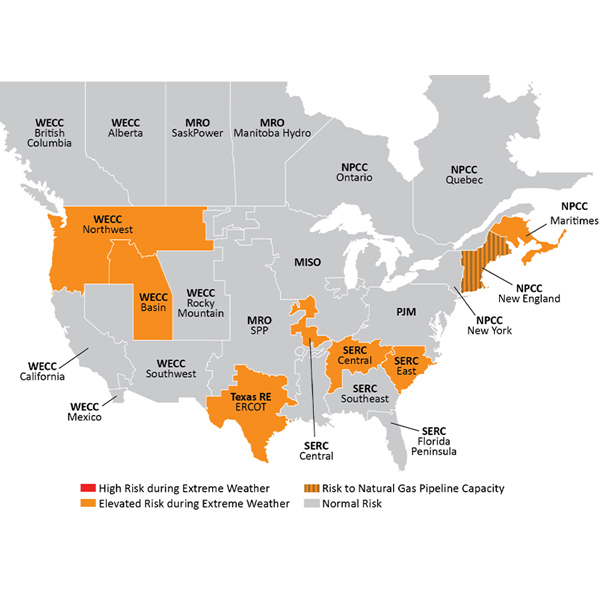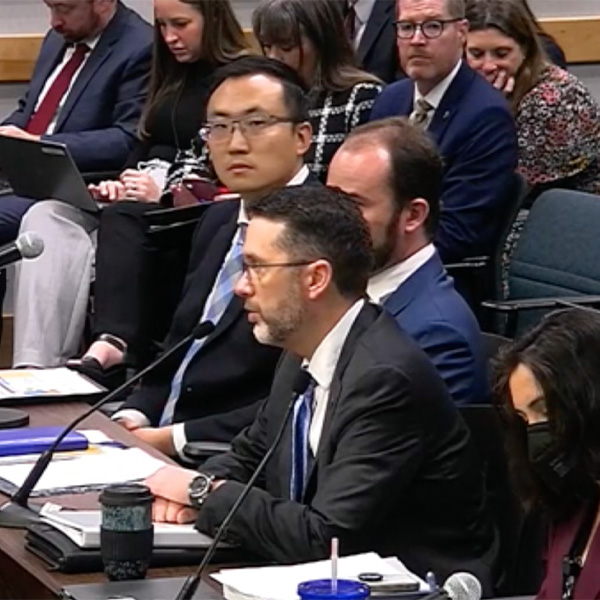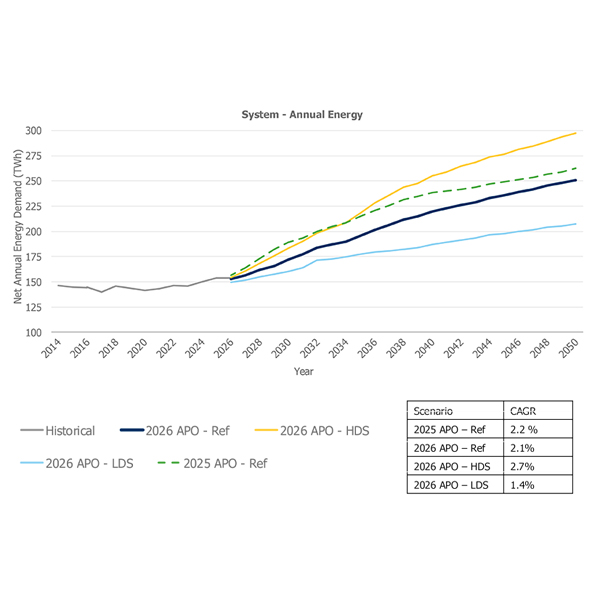Resource Adequacy
Resource adequacy is the ability of electric grid operators to supply enough electricity at the right locations, using current capacity and reserves, to meet demand. It is expressed as the probability of an outage due to insufficient capacity.
Voltus and Mission:data continued to make their case that data access is preventing PJM from tapping into residential demand response, which is just a fraction of the market now.
Environmental groups are further pressing their opposition to MISO's and SPP’s fast-track studies for primarily fossil fuel projects, challenging both at the D.C. Circuit in a pair of lawsuits.
The U.S. Department of Energy has reupped a coal-fired power plant in Michigan for another 90-day operations period, preventing its planned retirement for a third time.
Rising electricity demand is adding to seasonal reliability risks this winter as supply has not kept pace with consumption in many regions, NERC reported in its Winter Reliability Assessment.
ERCOT staff told Texas regulators they plan to file two urgent protocol changes with the Board of Directors in their latest push to design a new ancillary service that further strengthens the grid’s resource adequacy.
The reference scenario in IESO’s 2026 Annual Planning Outlook indicates net annual energy demand growth of 65% by 2050, from just over 150 TWh in recent years to 250 TWh.
DOE awarded Constellation a $1 billion loan for its Crane Clean Energy Center project, which will cut financing costs for the nuclear unit restart.
The Sierra Club and Natural Resources Defense Council filed a petition with an appeals court to toss two recent FERC orders that granted SPP’s request to modify provisions for clean energy resources’ capacity accreditation.
PJM stakeholders are to vote on a record-breaking number of proposals on how the RTO should integrate large loads without impacting resource adequacy.
Aaron Markham, NYISO vice president of operations, presented the 2025-2026 Winter Capacity Assessment and Winter Preparedness forecasts to the Operating Committee.
Want more? Advanced Search

